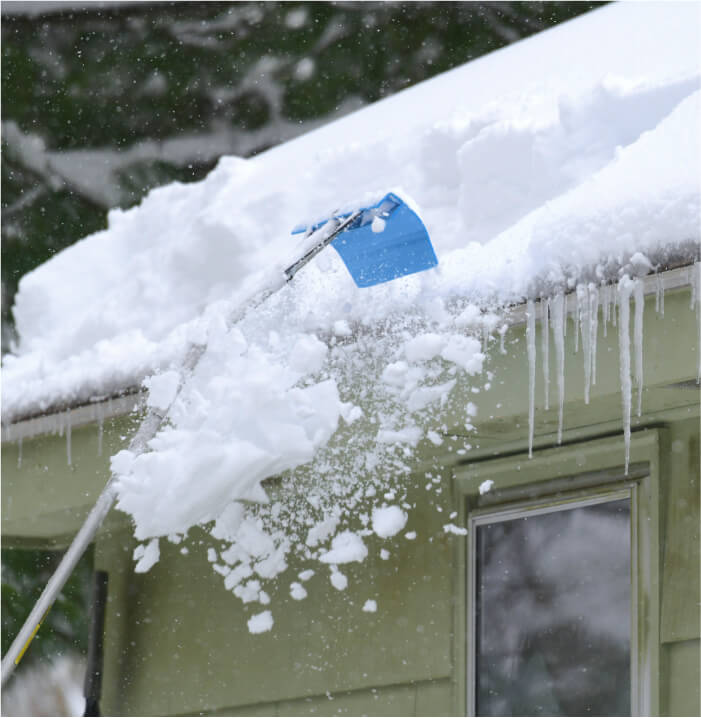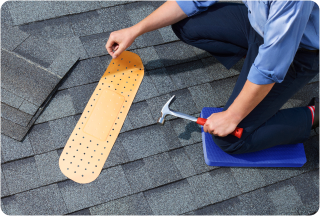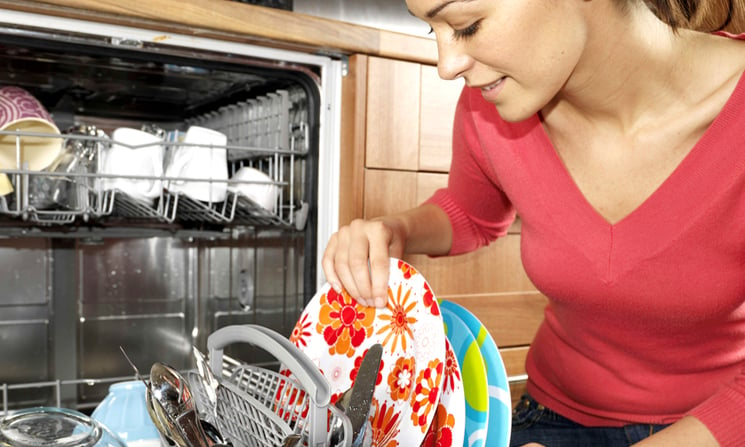Why roof snow removal is important
While a little snow on your roof feels cozy and matches the frosting on your gingerbread house, too much buildup can quickly turn into a serious problem. Excessive snow on your roof can lead to leaks, water damage, or even worse, collapse.
To get a better idea of the risks, it helps to understand the weight of snow. A foot of fresh, light snow typically weighs around 3 pounds per square foot, while wet, heavy snow can weigh up to 21 pounds per square foot. The weight increases even more with ice — just 1 inch of ice weighs almost 5 pounds per square foot, and a foot of ice could add over 57 pounds per square foot to your roof.
This means that even a few feet of snow and ice can create an immense load, putting your roof under significant stress.

Prevent roof leaks
As snow melts and refreezes, this constant freeze-thaw process can cause damage to your shingles, and lead to leaks inside your home. Leaky roofs can ruin insulation, damage walls, and even lead to mold — none of which you want to deal with in the middle of winter.
To learn more about roof leak repair warranties, check out American Home Shield®’s roof leak repair coverage.
Avoid ice dams
One of the sneakiest problems snow can create is an ice dam. As we’ll explore in greater detail later, when ice dams form on your roof, they block melted snow from draining properly, causing water to back up and potentially leak into your attic or walls.
Protect against roof collapse
And while a roof collapse may feel unlikely, it’s not unheard of, especially in areas that see a lot of heavy, wet snowfall. If your home is older or your roof hasn’t been well maintained recently, all this extra weight can put some serious stress on your roof’s structure, leading to sagging and even collapse.
There’s no need to take big risks with your home’s structural integrity during a winter storm. By regularly clearing the snow off your roof, you’ll see to it that sitting inside and watching the snowflakes fall remains cozier than ever.
How to safely get snow off the roof

Before getting started clearing the snow off your roof, make sure you’ve got the right tools for the job.
- Roof rake with a long, extendable handle
- Boots with good traction
- Gloves
- Ladder (if the roof rake can’t reach)
1. Start from the roof’s edge
Start the snow-on-roof removal process at the edges of the roof, where ice dams are most likely to form. By starting with the eaves, you’re preventing potential problems before they start.
Make sure to stand back from the edge of the roof as you work to avoid any falling snow or ice. Always pull snow down the slope, allowing it to slide off naturally — never sideways or from the top to avoid creating a mini-avalanche.
If you have a flat roof, snow can’t naturally slide off, so it’s especially important to remove snow evenly. Use a roof rake or a shovel to clear the snow in manageable layers, and make sure to distribute the removal process evenly across the surface to avoid creating low spots that could trap water. Take extra care around roof drains to ensure water has a clear path to escape when the snow melts.
2. Work your way up the roof
The ideal roof snow removal strategy is to work your way up the roof, section-by-section. Once you’ve cleared the edges and eaves, it’s time to keep moving up. As you pull the snow down, go easy on the pressure— remember, the main goal is lightening the load!
Tip: Although your instinct might be to scrape off every last bit of snow, resist that urge. Instead, leave a thin layer of snow (about 2-3 inches) on the surface. Scraping down to the shingles can actually damage them, and a little snow acts as insulation, protecting your roof from fluctuating temperatures.
3. Avoid climbing on the roof
Although it may be tempting to climb onto the roof to get a better angle, your best bet is to stay on a ladder or, even better, solid ground. Heavy layers of snow on your roof means a disaster waiting to happen. When surfaces are slippery and patches of ice hide underneath, even a small fall can be dangerous.
Plus, the goal of snow removal is decreasing the strain on your roof. The last thing you want to do is add more weight to it.




